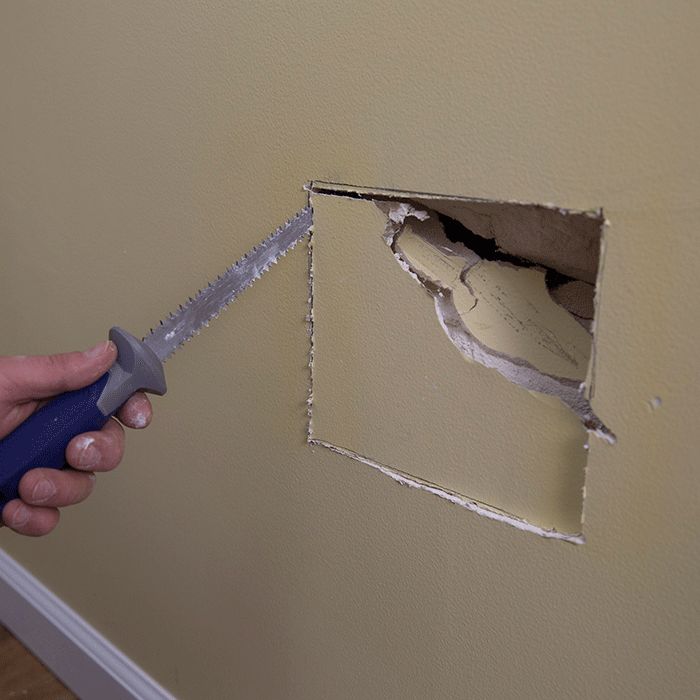Guide to Essential Home Repairs: DIY Fixes Made Easy
Introduction:
Maintaining a home involves occasional repairs and fixes to ensure its safety, functionality, and aesthetic appeal. While some repairs may require professional assistance, many common issues can be resolved through do-it-yourself (DIY) methods. In this comprehensive guide, we’ll provide you with essential tips and step-by-step instructions to tackle common home repairs. From fixing leaky faucets to patching drywall, empower yourself with the knowledge and confidence to handle DIY fixes and keep your home in top shape.
- Building Your DIY Toolkit:
Before you embark on any home repair project, it’s essential to have a well-equipped toolkit. Gather basic tools such as a hammer, screwdrivers (both flathead and Phillips), pliers, adjustable wrenches, utility knife, tape measure, level, and a cordless drill. Additionally, stock up on essentials like screws, nails, duct tape, adhesive, and safety equipment such as gloves and safety goggles. - Fixing Leaky Faucets:
A leaky faucet can waste water and lead to increased utility bills. To fix a dripping faucet, start by turning off the water supply. Remove the faucet handle, replace the faulty cartridge or washer inside, and reassemble the faucet. Be sure to test for leaks once you’ve completed the repair. - Patching Drywall:
Small holes or cracks in drywall can be easily patched up. Start by cleaning the damaged area and removing any loose debris. Apply a patching compound or spackle to fill the hole, using a putty knife to smooth it out. Allow it to dry, sand the area lightly, and apply a primer and paint to match the surrounding wall.
- Repairing a Running Toilet:
A running toilet is not only annoying but can waste a significant amount of water. To fix it, remove the toilet tank lid and inspect the flapper valve. If it’s worn or damaged, replace it with a new one. Adjust the chain or float to ensure proper water levels, and check that the overflow tube is not blocked. Test the toilet to confirm that it no longer runs unnecessarily. - Unclogging Drains:
Clogged drains are a common household issue. Start by using a plunger to create suction and dislodge the blockage. For stubborn clogs, try using a drain snake or a mixture of baking soda and vinegar followed by hot water. Regularly maintaining drains by using drain screens and avoiding pouring grease or large debris down them can help prevent future clogs. - Fixing a Squeaky Door:
A squeaky door can be irritating, but fixing it is a simple task. Apply a lubricant, such as WD-40 or a silicone-based spray, to the hinges. Move the door back and forth to allow the lubricant to penetrate the hinges. Wipe off any excess lubricant and enjoy a squeak-free door.
- Replacing a Light Switch:
If a light switch is malfunctioning or broken, replacing it is a relatively straightforward task. Begin by turning off the power to the switch at the circuit breaker. Remove the switch plate cover and unscrew the switch from the electrical box. Disconnect the wires and connect them to the new switch, following the manufacturer’s instructions. Reattach the switch to the electrical box, secure it with screws, and replace the cover plate. - Repairing a Damaged Window Screen:
Torn or damaged window screens can be easily repaired to keep out bugs and debris. Start by removing the screen from the window frame. Use a screen patch or replace damaged sections with new screen material. Secure the patch or new screen using a screen repair kit or adhesive. Trim any excess material and reinstall the screen into the window frame. - Sealing Gaps and Drafts:
Gaps and drafts can lead to energy loss and discomfort. Use weatherstripping or caulk to seal gaps around windows, doors, and other openings. Apply weatherstripping to the edges of windows and doors to create an airtight seal. Use caulk to seal gaps in walls, baseboards, and other areas where drafts may be present. - Knowing When to Call a Professional:
While many home repairs can be handled through DIY methods, it’s essential to recognize when a project exceeds your skill level or requires specialized knowledge. Electrical work, major plumbing repairs, structural modifications, and complex HVAC issues are best left to professionals. Knowing your limits and seeking professional help when needed ensures safety and prevents further damage.
Conclusion:
With the right tools, knowledge, and confidence, you can tackle a variety of essential home repairs through DIY fixes. From leaky faucets to squeaky doors, understanding the step-by-step process empowers you to maintain your home efficiently. However, it’s important to recognize your limitations and know when to call in professionals for more complex or potentially hazardous repairs. By taking a proactive approach to home maintenance, you can save money, ensure your home’s longevity,and create a comfortable living environment for you and your family.

